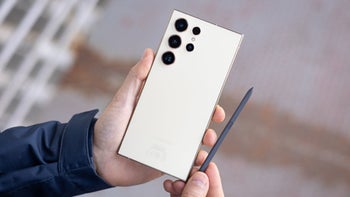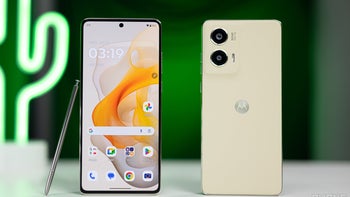Android M will finally allow users to move app data and APKs to microSD cards

For a long time now, Android users largely expressed their desire to be able to move apps between the internal storage and the microSD card. While Google was a bit slow in reacting to what seems to be a general consensus among Android users, it looks like the upcoming Android M will finally come with enhanced support for microSD cards.
The new feature is called Adoptable Storage Devices. Although the company didn't talk about this new feature yesterday on the Google I/O stage, references to such a feature can be found in the online documentation for the Android M developer preview. Adoptable Storage Devices will allow the user to move both the app data and the APKs to the external storage, but only if the app developers specifically allows this in the Android app's manifest.
The official documentation says that adopted storage devices will be encrypted and formatted to behave like the internal storage. Since the microSD card will be encrypted by the phone, other devices will not be able to see the data on the card. One question that arises is how Android M will manage the scenario in which the user pulls out the microSD card slot. Most likely, the app will no longer be functionable until it is reinstalled on the internal storage or a new microSD card that has been adopted by the phone.
In an interesting twist, Android M's Adoptable Storage Devices feature will also be applicable to external USB sticks. Android M will come with built-in support for USB OTG, but chances are that you're not going to keep an USB stick permanently connected to a smartphone or a tablet. On the other hand, this could be a most welcomed feature for upcoming Android TVs or Android game consoles.
Although Google did not integrate the ability to move apps to the microSD card in previous Android builds, some OEMs added this feature int their implementation of Android. With Android M, however, it looks like proper microSD card support will be built right into the operating system. This is part of a larger initiative at Google, as Android M will bake in support for multiple features that device manufacturers previously integrated in their products, such as fingerprint reader support, custom quick settings, or themes.
The official documentation says that adopted storage devices will be encrypted and formatted to behave like the internal storage. Since the microSD card will be encrypted by the phone, other devices will not be able to see the data on the card. One question that arises is how Android M will manage the scenario in which the user pulls out the microSD card slot. Most likely, the app will no longer be functionable until it is reinstalled on the internal storage or a new microSD card that has been adopted by the phone.










Things that are NOT allowed: